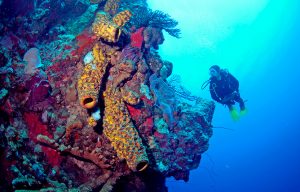
Experience the Incredible Natural Environment of the Caribbean
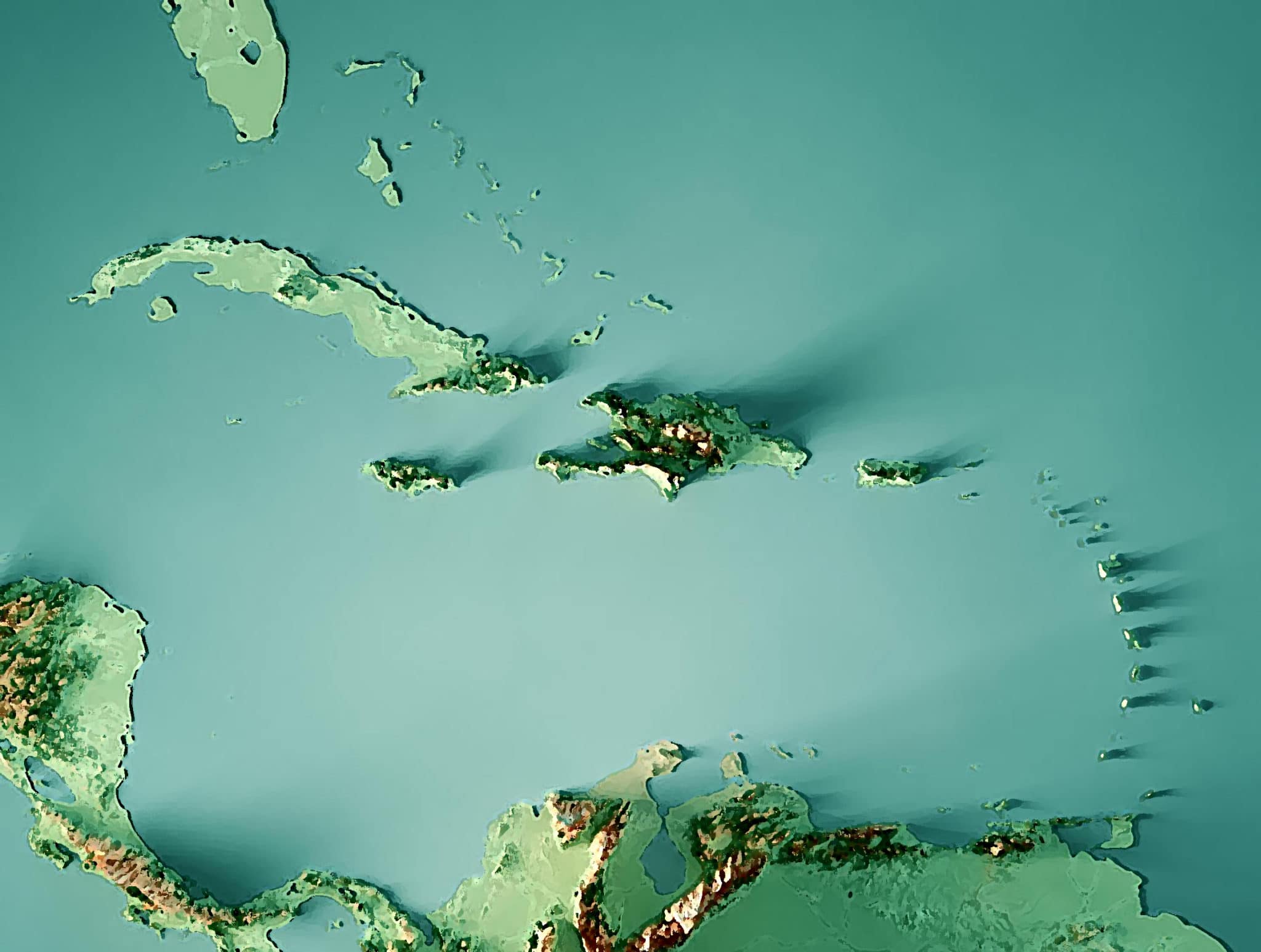
Many Islands, One Amazing Space
The Caribbean Sea is an area of 2,754,000 km2 cradling a region of 28 island nations with total land mass of 237,000 km2, less than 9 % of the sea’s area. These islands form a perfect arc that separates the Caribbean Sea from the Atlantic Ocean.
The deepest area in the Atlantic lies at the edge of the Caribbean, the Puerto Rico Trench. The Caribbean islands combined have about 50,000 km2 of forest cover – about the size of the Costa Rica; 11,560 km2 of mangrove forests (an area the size of Qatar); and 3,500 km of coastline (longer than the east coast of the USA).
Below the surface, there are about 26,000 km2 of coral reefs and 33,000 km2 of seagrass meadows. Such unique assortment of environments and arrangement of island ecosystems have resulted in the propagation of incredibly rich and unique terrestrial and marine life.
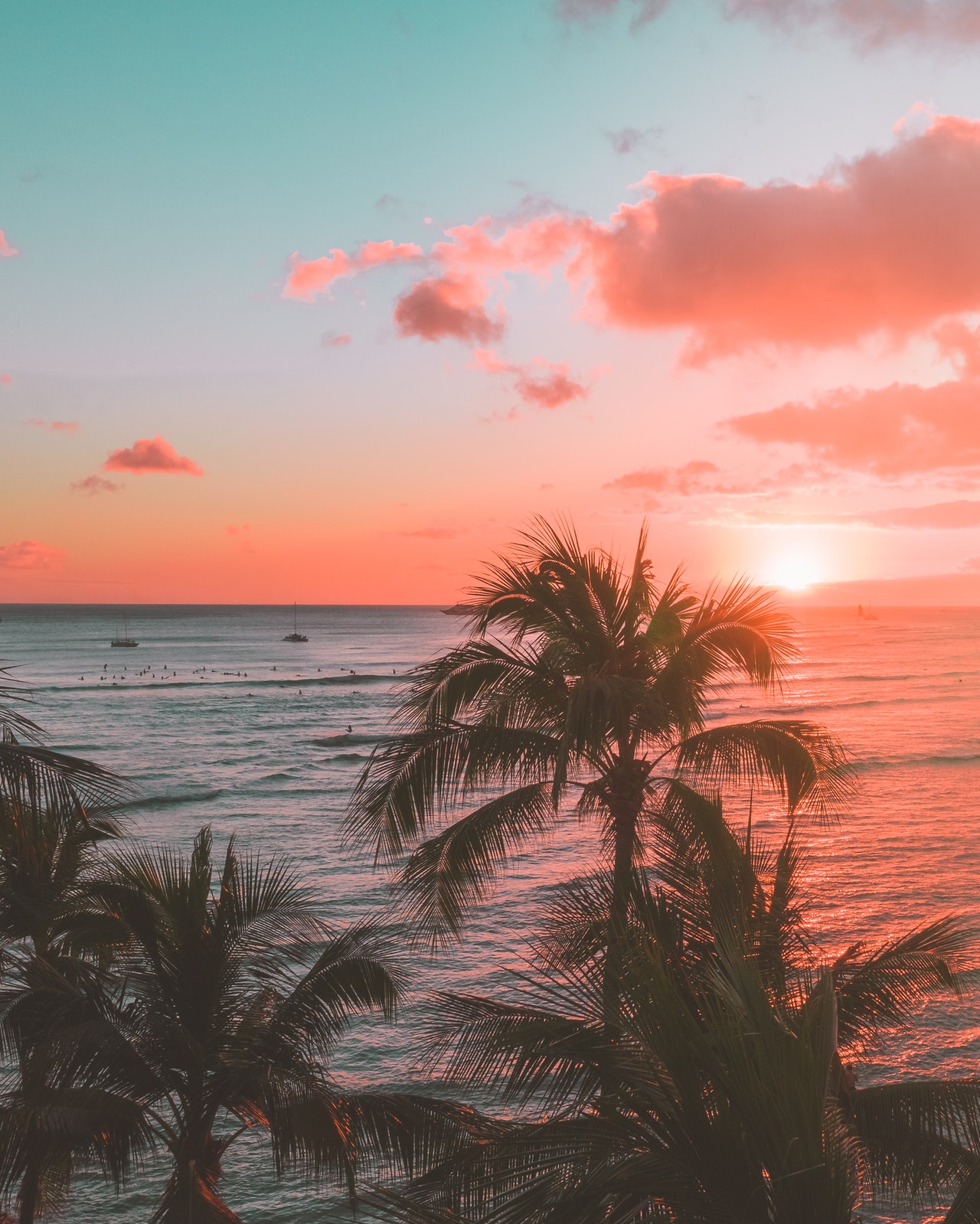
A Natural Location to Combat Climate Change and Propel Sustainable Living
The Caribbean Sea is an area that has been crossed and re-crossed by native peoples and in recent history, by European nations seeking the wealth on the islands. But who has dared to explore this self-contained sea? At the nexus of north and south, east and west, the Caribbean Sea continues to be an untapped resource for scientific research and exploration.
Isn’t it time for Caribbean people to tap into the incredible potential of the Sea – the Blue Economy – that shapes our shores, the Sea that unites us? Surely, this region is a natural location for building collaborations to combat climate change and propel sustainable living.

What you need to know about the Caribbean Sea
The Caribbean islands are natural hotspots of biodiversity: over 12,000 species on land, which includes 7,800 native species of plants, 494 native species of reptiles, 189 native species of amphibians, 148 indigenous species of birds, 51 endemic species of mammals (including 35 species of bats!), and 65 native species of freshwater fish.
In the Caribbean Sea there are over 12,000 species of marine organisms including over 500 species of marine sponges and 1300 species of fish. Many of these marine creatures are unique to the Caribbean Sea with all 70 species of coral found nowhere else, and 45 % of the fish species being endemic to the region. Current estimates are thought to be an underestimation considering the large extent of ecosystem diversity, and the limited number of taxonomists and centralised reference collections occurring within the region.
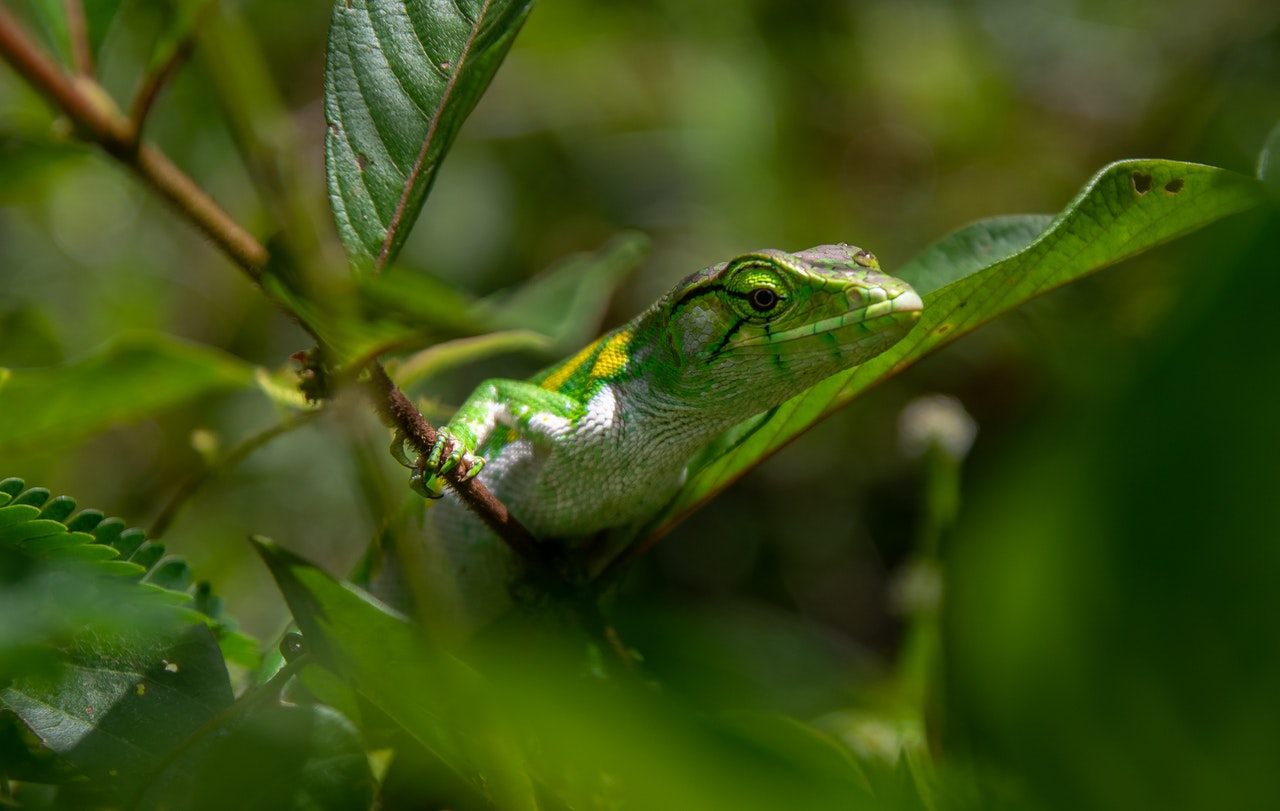
Natural ‘Hotspots’ of Diversity
As rich as our biodiversity, so too was the research that went into understanding our environment and ecology for the purpose of development. In Trinidad and Tobago alone, the rich history of agricultural research at the University of the West Indies (UWI) resulted in the breeding of the Buffalypso, a unique type of cattle that served to produce meat, milk and labour in the sugarcane fields. UWI houses the Cocoa Research Institute that keeps the International Cocoa Gene Bank, the largest collection of Cocoa strains in the world. Barbados showcases one of the more successful examples of land rehabilitation through the application of permaculture to convert an old sand quarry into a nature reserve, Walker’s Reserve.
Throughout the region and internationally, we are known for our hot pepper varieties. There are only a handful of Caribbean Deep-Sea scientists exploring the unknown parts of the Caribbean basin and there are still many deep ocean habitats waiting to be discovered.
Per capita, the number of patents and trademarks we have per country during the 2000s were comparable to places such as Russia, Spain and Korea, China and India. Bahamas has the highest number of patents in the region followed by Cuba and Jamaica.

A Great Start – But Much More to be Done
Despite having such excellent innovation in agriculture, science and technology, research and development in the Caribbean continues to account for less than 1 % of the islands’ GDPs. When it comes to conservation and research to mitigate climate change, the efforts are especially low. Compared to the rest of the world, the Caribbean region contributes the least to local research on climate change, yet these are the small-island nations most vulnerable to an increase in 1.5 C ocean temperature. Caribbean scientists contributing to IPCC were also the ones who lobbied and persisted to keep “1.5 to stay alive” as the upper limit for global temperature rise. There are untapped opportunities for innovative research and technology, as well as creatures and wildlife still to be discovered.
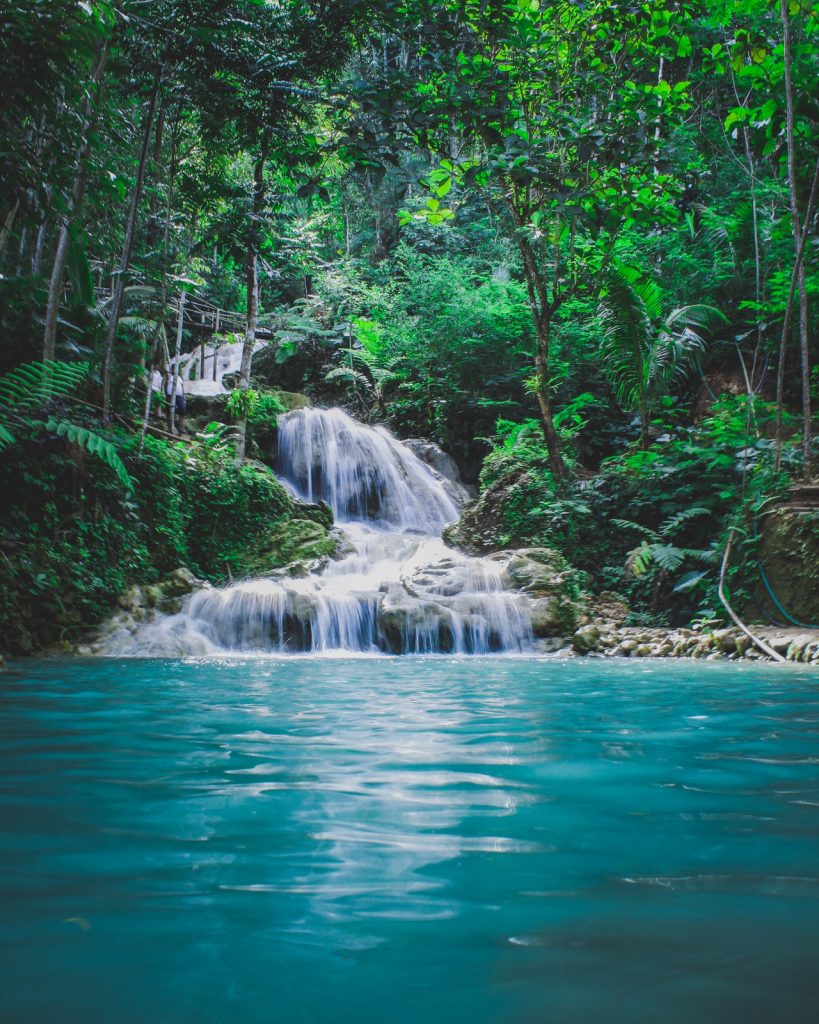
Author:
Dr Anjani Ganase

Here are Related Articles That Might Also Interest You
![]()
References
Burke, L., Reytar, K., Spalding, M., & Perry, A. (2011). Reefs at risk revisited. World Resources Institute.
David C. Wege et al. “The Caribbean islands biodiversity hotspot.” (2019). The Ecosystem Profile.
Miloslavich, Patricia, et al. “Marine biodiversity in the Caribbean: regional estimates and distribution patterns.” PloS one 5.8 (2010): e11916.
https://sites.google.com/site/forestryencyclopedia/Home/The%20Caribbean


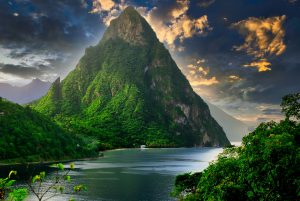
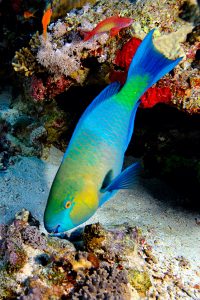
Really interesting piece…. Congratulations
Thank you, Geoffrey. That’s a great compliment coming from you. Not sure if you’ve seen this other article, “The Caribbean Environment Is Amazing But It’s In Deep Trouble“
Thank you for the interesting incredible facts about our truly amazing Caribbean region.
Congratulations to you Dr.Anjani Ganase!
what happened then?